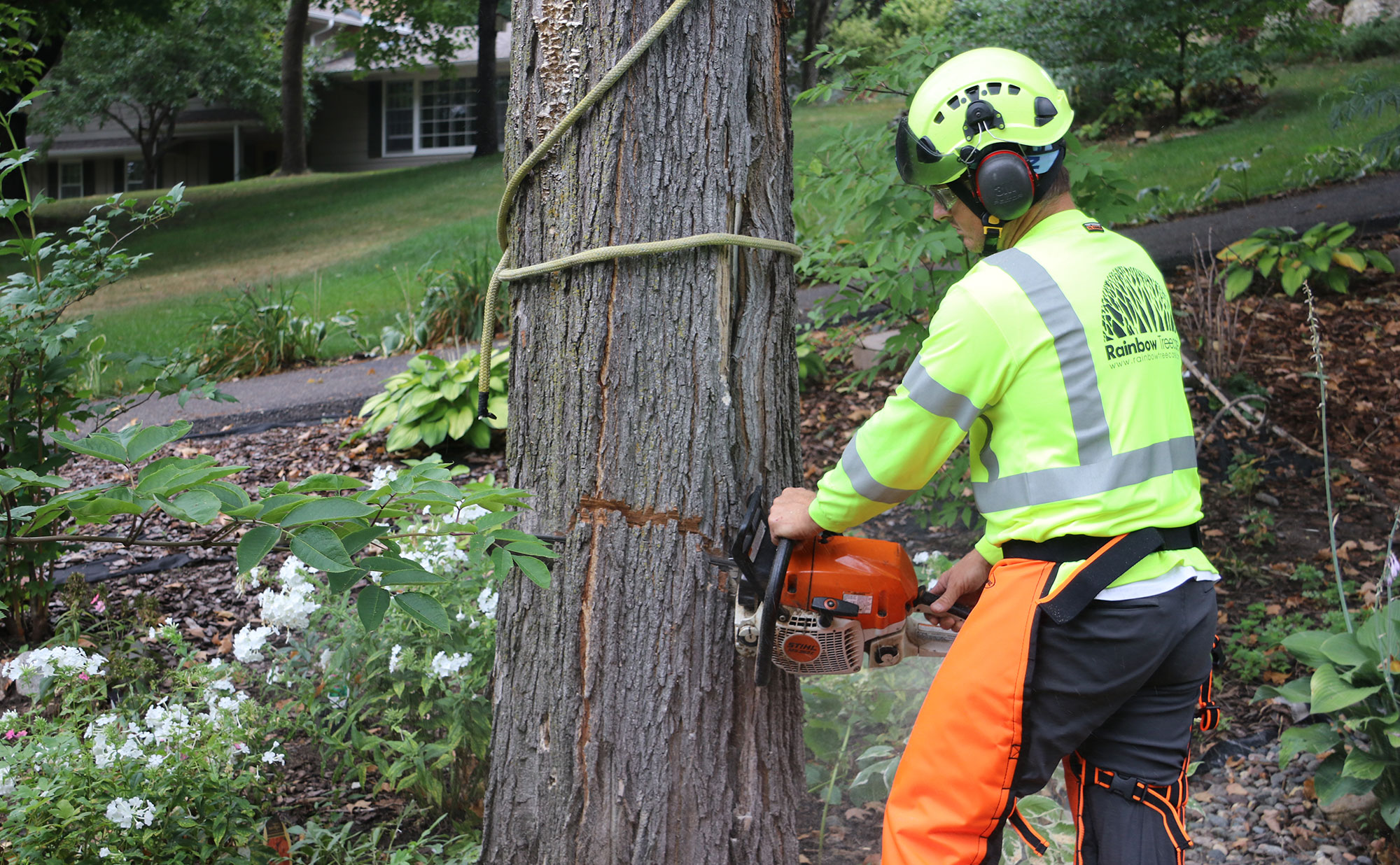All Categories
Featured
The elimination of trees can create open rooms that are susceptible to weed intrusion. When trees exist, their thick covers often shade the ground, limiting the amount of sunshine that gets to the soil. However, after the removal of trees, these open areas obtain enhanced sunlight, offering excellent problems for weed growth.

They might advise the use of mulch, which acts as a protective barrier on the soil surface, preventing weed seeds from germinating and subduing weed growth.
The existence of trees fosters an abundant and diverse neighborhood of dirt germs. Tree roots provide a resource of organic matter, exudates, and nutrients that support the growth and task of helpful soil bacteria. When trees are gotten rid of, the absence of their origins can interrupt the delicate balance of the dirt's microbial ecosystem.
How Much Does Wollongong Council Tree Removal Service Cost?
This adjustment in pH can influence nutrition accessibility, microbial activity, and general dirt health and wellness. To attend to the effects of tree reducing on soil pH, tree removal experts can give valuable advice. They may recommend soil screening to examine the current pH degrees and establish the required changes. Based on the results, specialists can suggest pH adjustment techniques, such as including lime to raise dirt pH or integrating elemental sulfur to reduce it.

It refers to the compression of soil particles, resulting in minimized pore room and increased dirt thickness. This compaction can adversely impact the soil's capacity to operate optimally, impacting its water-holding capability, vitamins and mineral availability, and root penetration. Correct strategies used by tree elimination experts can assist lessen compaction and maintain the soil's capacity to retain water, and permit adequate air movement and cautious tools handling.
Latest Posts
What Do Tree Cutting Services Wollongong Services Include?
What Is The Best Palm Tree Removal Wollongong Program?
What Is The Best Wollongong City Council Tree Removal Software?